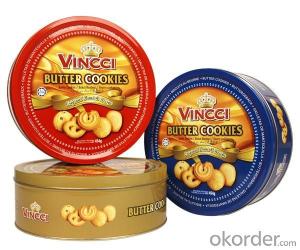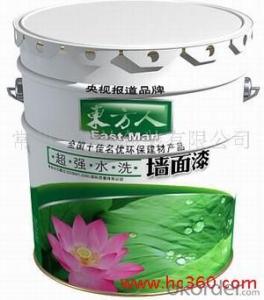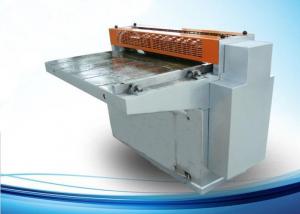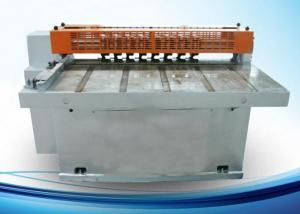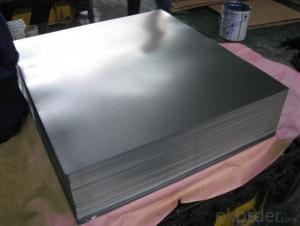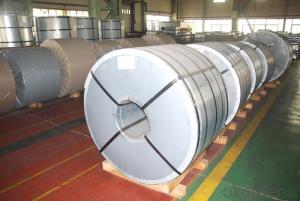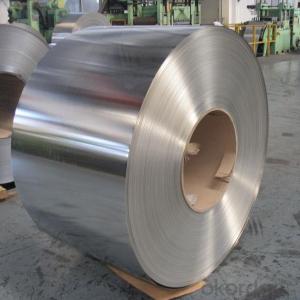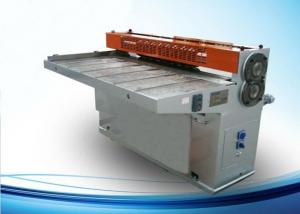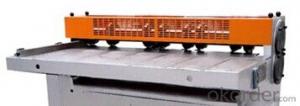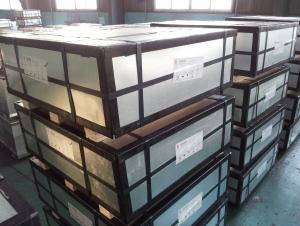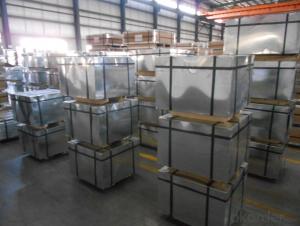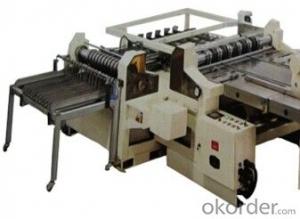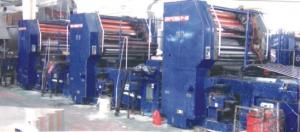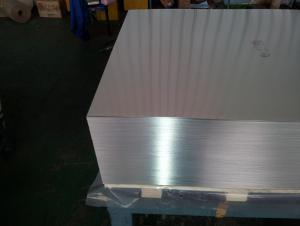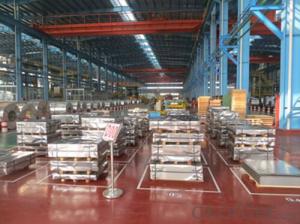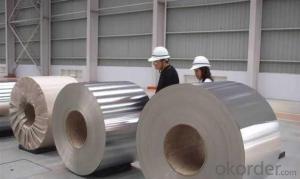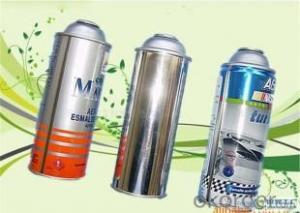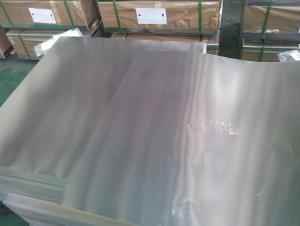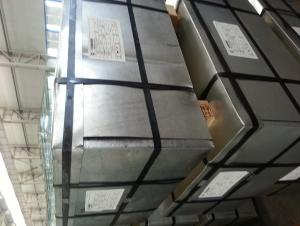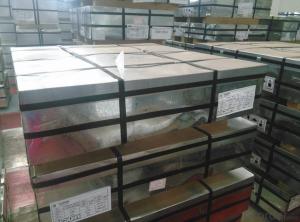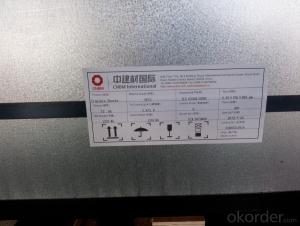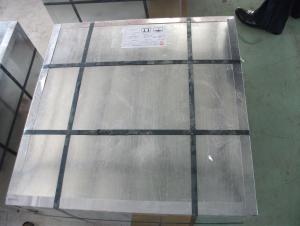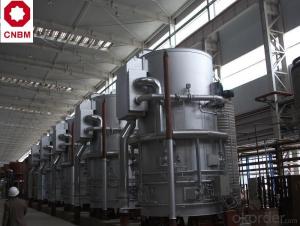Double Reduced Tinplate
Double Reduced Tinplate Related Searches
Printed Tinplate Printing Tinplate Tinplate Printing Lacquered Tinplate Tinplate Coating Tinplate Recycling Tinplate Packaging Tinplate Tins Tinplate Material Tinplate Screener Tinplate Products Tinplate China Thyssenkrupp Tinplate Buy Tinplate Tinplate Printing Machine Tinplate Layout Tinplate Lids Tinplate Production Tinplate Cover Tinplate Shortage Tinplate Food Packaging Tinplate Cans Tinplate Can Envases Tinplate Italy Tinplate Turkey Tinplate Misprint Tinplate Tinplate Submarine Spte Tinplate Standard Gauge TinplateDouble Reduced Tinplate Supplier & Manufacturer from China
Double Reduced Tinplate, a type of metal material, is known for its excellent properties such as corrosion resistance and high strength. This product is widely utilized in various industries, including food and beverage cans, automotive parts, and construction materials. Its versatility and durability make it a popular choice for numerous applications. As a wholesale supplier, Okorder.com offers a vast inventory of Double Reduced Tinplate, ensuring that customers have access to a reliable and high-quality product. This extensive selection caters to the diverse needs of various industries, making it easier for clients to find the specific Double Reduced Tinplate that suits their requirements.Hot Products
